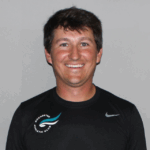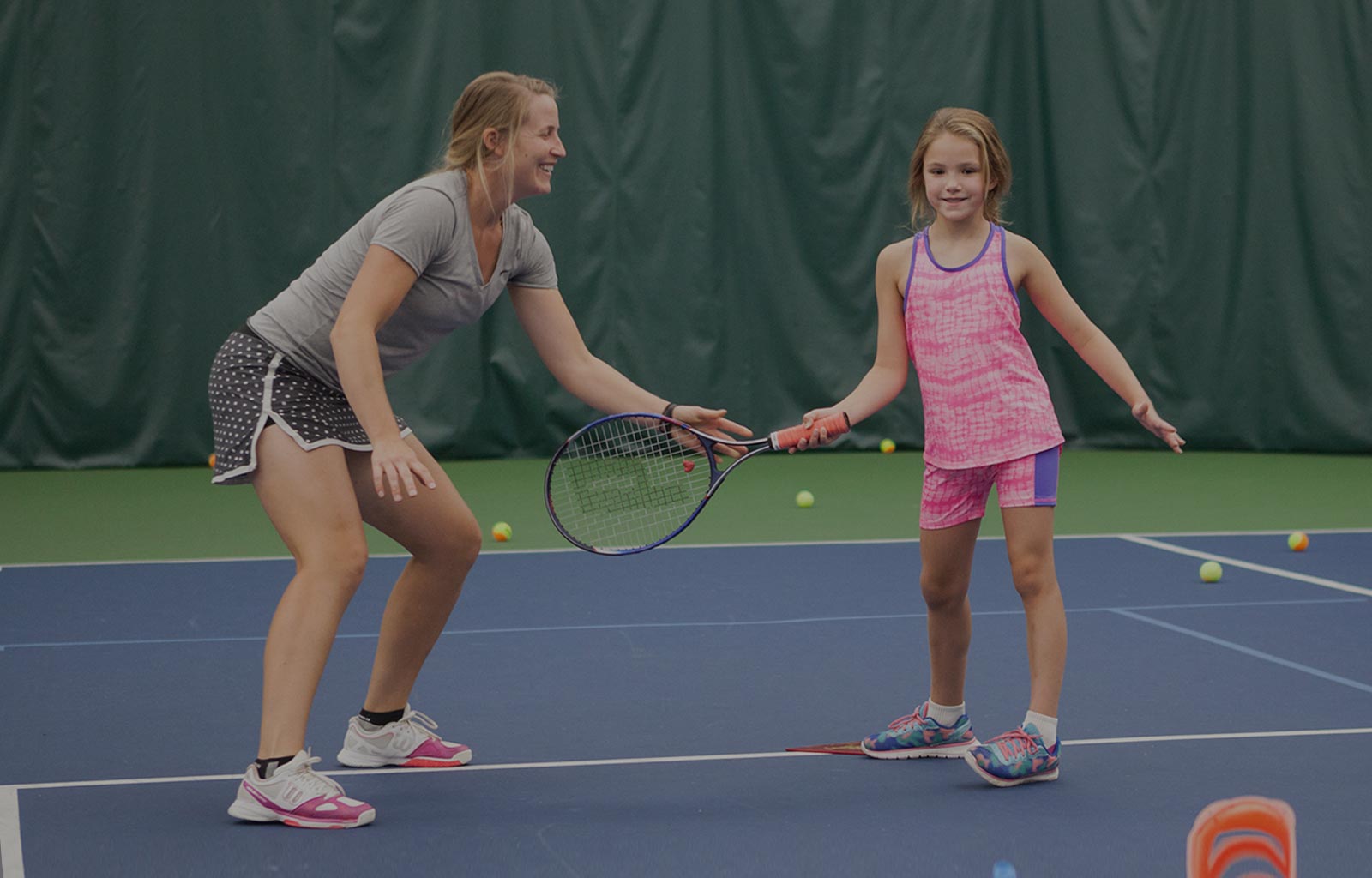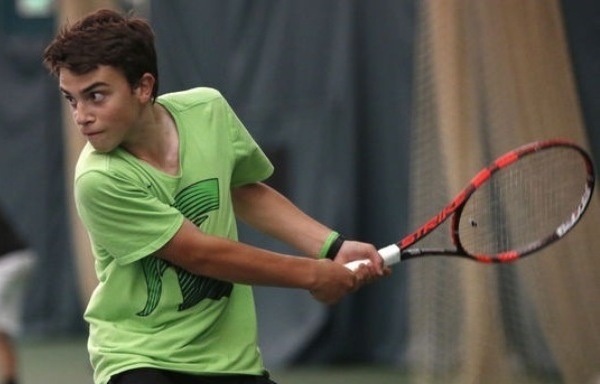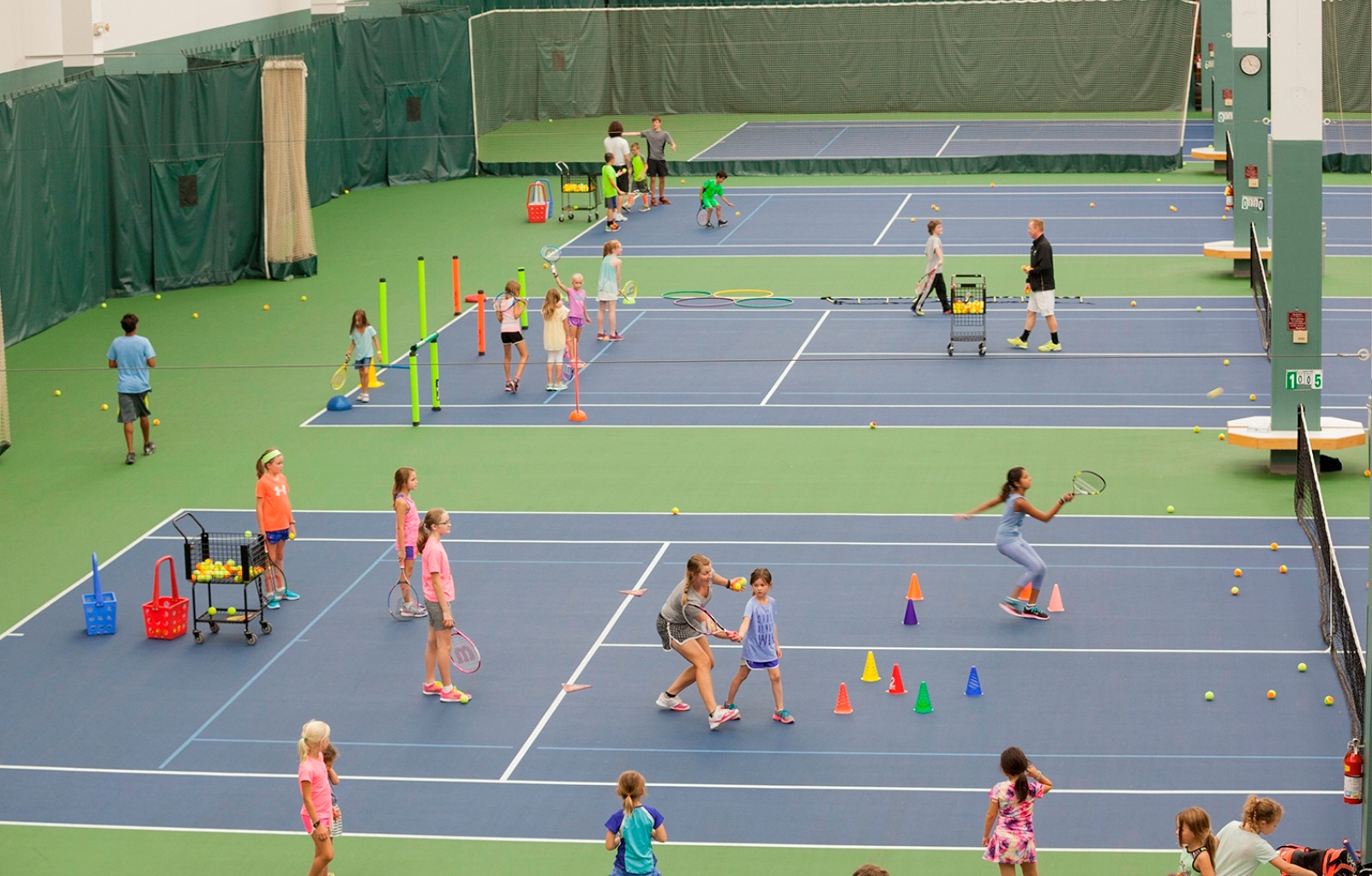If you ask a Tennis Professional at the RAC they will likely tell you that, from a technical perspective, the goal of a player is to have their hands and feet develop in a way that will allow them to quickly and continually improve their game. The implementation of using lower-compression (Red-Orange-Green) balls has much to do with helping encourage that process. So does learning correct grips, swing paths, stances, and footwork early in the process of practicing the game.
Progress for players can be slowed by having technical deficiencies. To overcome these deficiencies requires identifying them by paying attention to details. The best way to recognize challenge areas and to make changes to improve them is to have a “balanced diet” of tennis activities.
Four different types of tennis activities can help create a well rounded “diet” for growth in your game:
- Individual or Small Group Work (technical focus) – Small groups or private lessons allow players to focus on the specifics regarding grips, swing paths, efficient and correct footwork patterns, reading balls, etc. Here attention to detail is very important. Establishing correct technique and a solid foundation early in a player’s development means that their game can continue to evolve unimpeded as they mature.
- Group Lessons (work with peers) – ROGY or ACE classes, as well as “Drill and Plays” and adult group lessons, reinforce some of the technical and tactical concepts that players may have learned while in the individual or small group setting. Sometimes technical concepts are also included as the focus points of the group drills.
Playing against your peers is critical here, as there is some built in healthy competition that kicks in when playing others of similar ability and age. This facilitates growth and improvement for each individual. If a player competes only against older players or pros, there may be little or no pressure involved when competing. - Non-Competitive Match Play (practice sets) – Tennis is all about progressions. At the RAC, we’ll teach a concept, starting simple with perhaps a hand fed ball, then racquet fed, then live ball and finally, playing points or sets. Many players can show conscious competency (say with a swing path) with a racquet fed ball. But what if that ball is hit with different speeds, spins and trajectories each time? Practice sets allow players to insert what they are learning into a match situation with limited pressure.
One of my favorite coaching quotes is from Mike Krzyzewski, head coach of the Duke University basketball team. “Don’t be afraid to make mistakes.” Practice sets allow players to work consciously on stroke mechanics or patterns of play with a live ball. If you aren’t afraid to make mistakes, these areas can go from conscious to unconsciously competent quicker! - Competitive Match Play (real match play) – This is the true assessment of progress. When playing competitive matches (USTA matches, High School matches, etc.) a player’s focus goes from technical to tactical. You learn how to use your strengths against your opponent’s weaknesses. Competitive match play is not the time to add tools to the toolbox, but rather to work with those tools you possess. Then after the match, it’s back to work. What did I do well? What areas of my game need work?
In Conclusion
Development can be a long, difficult journey. It is also a journey that those aspiring to be great players must learn to become good at and enjoy. Incorporating these four activities into your well-balanced tennis “diet” can drastically accelerate your learning and improvement!




